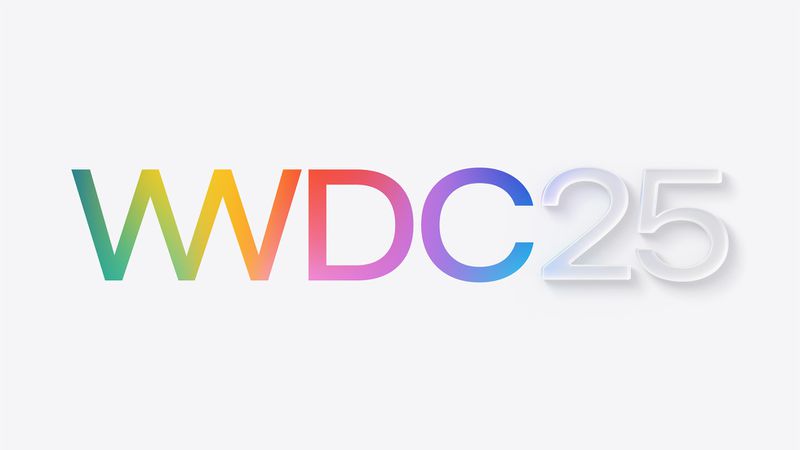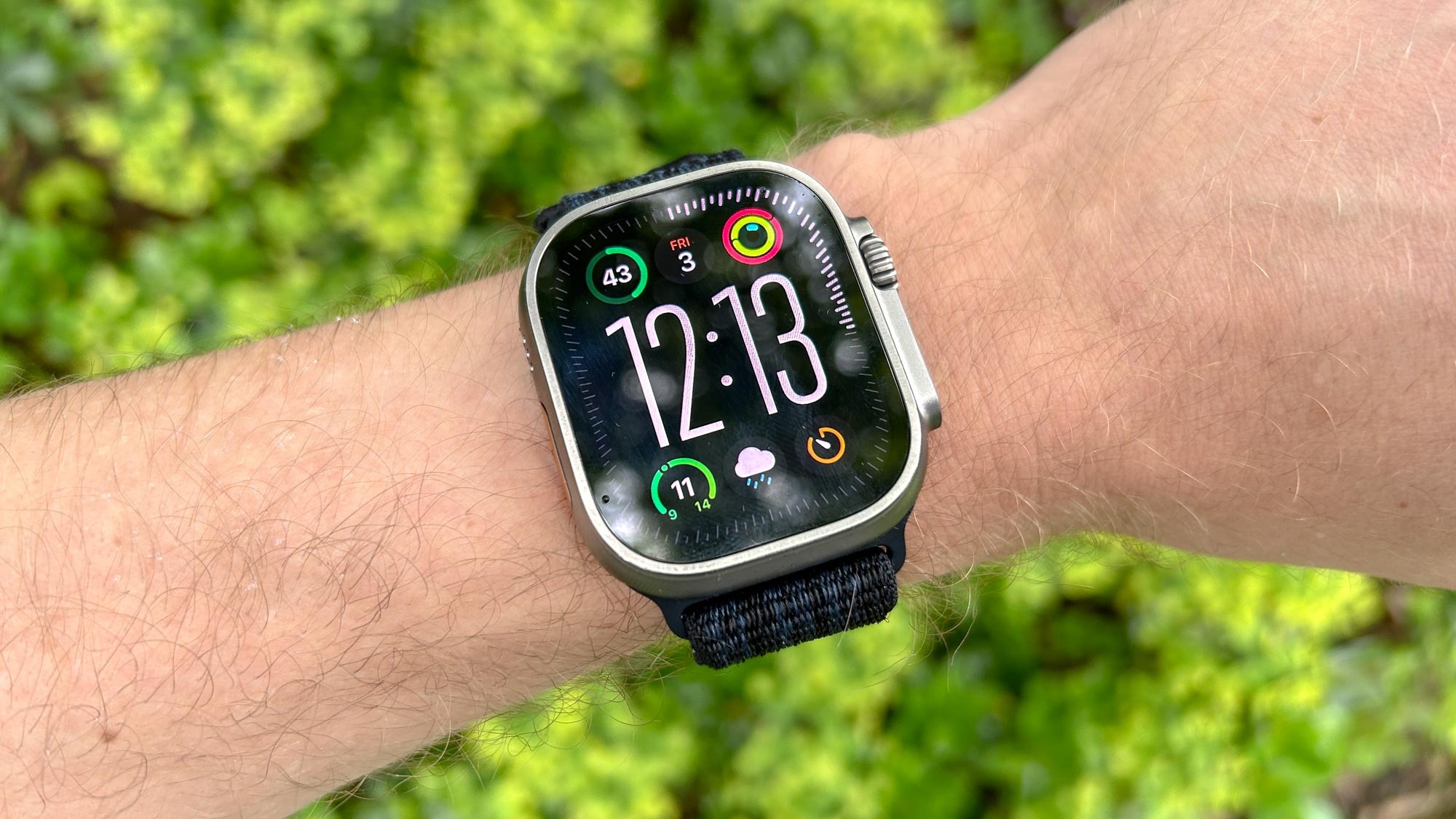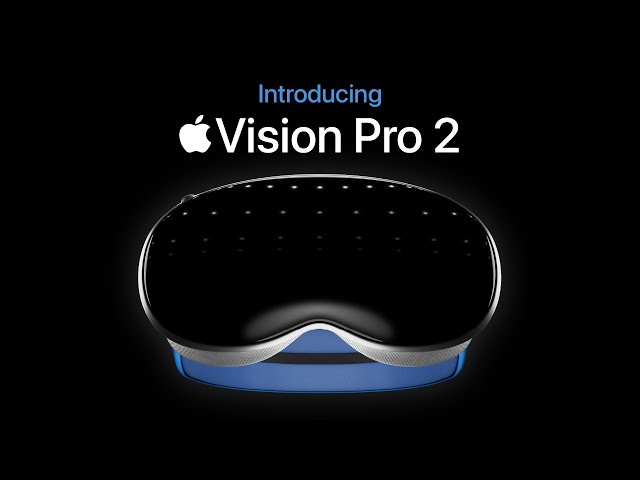Apple has just launched a fresh update for the Powerbeats Pro 2 earbuds. This comes just over a month after these headphones hit the market. The Powerbeats Pro 2 first showed up in February as the much-awaited follow-up to Beats’ popular sports earbuds. They come packed with cool features like the Apple H2 chip, a sleeker look, and even heart rate tracking—a feature that’s set to arrive on AirPods Pro 3 later.
The new update, called firmware build 7B30, is the first big one since the earbuds launched. Before this, they had a starting update, version 7B24, rolled out right before release. While Apple hasn’t shared exactly what’s new in 7B30, it’s safe to guess it includes fixes for bugs and boosts performance. Updates like these happen automatically when the earbuds are charging and near your paired iPhone or other device.
Want to check your firmware version? On your iPhone, head to the Settings app, tap on your Powerbeats Pro 2 at the top, and look under the “About” section for the version number. Users who’ve tried the update are curious—have you noticed any differences? Let us know what you think! This tweak should make your listening experience even smoother as Apple keeps improving these sporty earbuds. Stay tuned for more news on how they perform!







